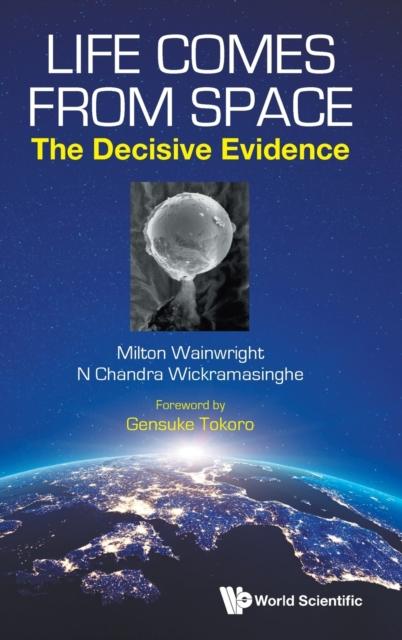

© Getty Images / KrisCole — The Universe and a girl
Scientists from Samara University, in collaboration with American colleagues, have found new evidence supporting the hypothesis that life on Earth may have originated from substances extraterrestrial in nature. They demonstrated that lactic acid, a vital compound involved in metabolism, can form in cosmic ice. The findings have been published in the prestigious Journal of the American Chemical Society.
Life on Earth is primarily based on carbon, hydrogen, oxygen, and nitrogen – four of the five most abundant elements in the universe (the fifth being helium). These essential elements constitute a significant portion of the human body, with oxygen making up 65%, carbon 18%, hydrogen 10%, and nitrogen 3% in an average adult, while the remaining 4% consists of other atoms, as highlighted by researchers from Samara National Research University named after Academician S.P. Korolev.
Ivan Antonov, an associate professor at the Department of Optics and Spectroscopy at Samara University, explained that for complex organic molecules to form from dispersed atoms and simpler substances, precise spatial alignment and specific external energy input are crucial. He noted that current astronomical methods make it challenging to directly detect such molecules in the vastness of space, thus complicating the observational confirmation of the theory that initial organic compounds were «delivered» from space.
In a groundbreaking step, specialists from Samara University and their U.S. collaborators successfully demonstrated the possibility of lactic acid formation in space. Lactic acid is not only essential for metabolic processes but is also produced in human muscles during strenuous physical activity. Their research confirms that this important molecule can be synthesized from simpler compounds with fewer chemical bonds.
«We showed that when cosmic rays interact with ice composed of ethyl alcohol and carbon dioxide, more complex molecules like lactic acid and monoethyl carbonate are indeed formed. These compounds, while having a similar composition, differ in structure and chemical properties. Our findings are highly valuable for observational radio astronomy, providing astronomers with clues about what other molecules they might attempt to find in space,» Antonov clarified.
According to Antonov, scientists now face an ambitious goal: to experimentally investigate and verify the mechanisms by which key biomolecules – the fundamental building blocks of proteins, fats, carbohydrates, and nucleic acids – form from simple molecules in the cosmic environment under the influence of radiation.
«Successfully addressing these profound questions could fundamentally alter our understanding of the origin of life, shifting the emphasis from an Earth-centric view to a cosmic one. It could shed new light on the processes of abiogenesis in general and help answer the age-old question: are we truly alone in the Universe?» the scientist concluded.
This pivotal research was conducted using a unique scientific facility dedicated to studying chemical processes under deep space conditions. This facility was developed at the Center for Laboratory Astrophysics of SF LPI with the generous support of megagrant No. 075-15-2021-597.











